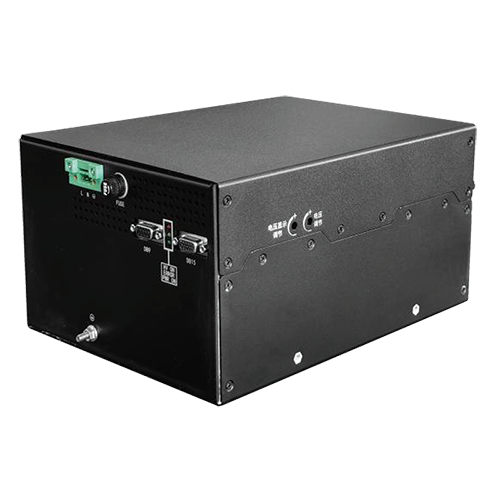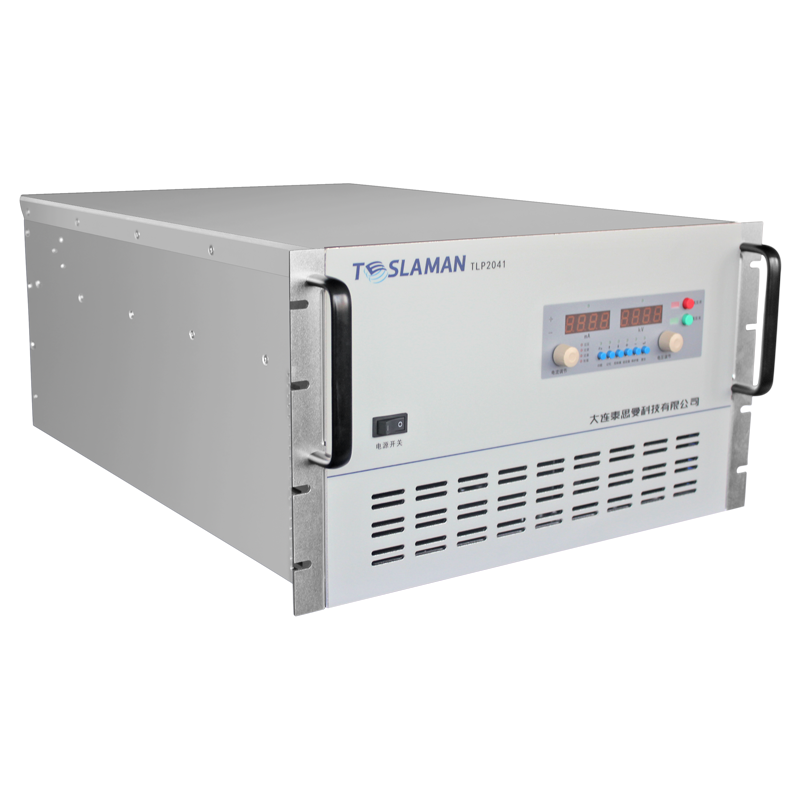Innovative Solutions for High-Voltage Power Supplies in Electrospinning Processes
In the field of nanomaterial preparation, the electrospinning process has emerged as a core technology for fabricating nanofiber membranes, owing to its advantages of simple equipment, cost control, and a wide range of spinnable materials. The core principle of this process relies on using a high-voltage electric field to form a Taylor cone from the spinning solution, enabling jet splitting and eventual deposition of nanoscale fibers on the collector. As the core builder of the electric field environment, the performance of high-voltage power supplies directly determines key indicators such as fiber diameter uniformity, spinning stability, and process scalability. Aiming to address the limitations of traditional high-voltage power supplies in output precision, regulation flexibility, and system compatibility, innovative power supply solutions are driving the electrospinning process toward intelligence and precision through technological iterations.
1. Breakthrough in High-Precision Output and Dynamic Regulation Technology
Traditional high-voltage power supplies often suffer from high ripple coefficients (typically >1%), causing fluctuations in electric field strength and leading to increased dispersion in fiber diameter distribution (CV value >15%). New-generation power supplies suppress output voltage ripple to below 0.1% through the introduction of full-digital closed-loop control algorithms, while enabling wide-range output switching from DC to pulsed (frequency range: 0.1Hz–100kHz) via multimodal modulation technologies (e.g., PWM/PFM hybrid modulation). This technological breakthrough achieves electric field strength regulation with an accuracy of 1V/cm. Coupled with an online particle size monitoring system (e.g., laser diffractometer), it establishes a real-time feedback–dynamic adjustment intelligent control loop, stabilizing the fiber diameter CV value within 5%–8%, meeting the stringent requirements for nanfiber homogeneity in biomedical applications.
2. Innovative Power Supply Architecture for Multi-Field Synergy and Process Expansion
To overcome the limitations of a single electric field environment, innovative high-voltage power supplies adopt a modular design concept, integrating collaborative control units for electric, magnetic, and temperature fields. For example, embedding a high-frequency magnetic field generation module (adjustable magnetic induction: 0–50mT) in the power supply system allows for quantitative control of fiber orientation (orientation angle deviation <±5°) by regulating the trajectory of charged jets via Lorentz forces. Meanwhile, a temperature-controlled power module with integrated PI heating elements (temperature control accuracy: ±0.5°C) precisely adjusts the viscosity of spinning solutions, particularly suitable for heat-sensitive materials (e.g., collagen, chitosan), expanding the spinnable concentration window by 30%–50%. This multi-field coupling power supply architecture provides a new paradigm for preparing complex nanomaterial with gradient structures and biomimetic morphologies.
3. Engineering Design for System Integration and Safety Protection
For industrial production scenarios, new high-voltage power supplies emphasize the integration of electromagnetic compatibility (EMC) design and intrinsic safety technologies. By optimizing the power topology (e.g., three-level inverter architecture), electromagnetic radiation is controlled below Class B of the CISPR 32 standard, avoiding interference with surrounding precision instruments. In terms of safety protection, innovative power supplies are equipped with multiple redundant protection mechanisms, including short-circuit fast cutoff based on Hall current sensors (response time <10μs), a warning system linked to temperature/humidity sensors, and insulation protection design compliant with IEC 61010 (withstand voltage ≥40kV). These engineering designs ensure stable power output during 500 consecutive operating hours, meeting the 24/7 production requirements of industrial applications.
4. Intelligent Operation and Maintenance and Data-Driven Process Optimization
With the penetration of Industry 4.0 technologies, high-voltage power supply systems are integrating into IoT architectures. Through embedded microprocessors (e.g., ARM Cortex-M7) and edge computing modules, they enable real-time collection and cloud storage of key parameters (voltage, current, temperature). A process database built on machine learning algorithms deeply mines historical operation data to establish a mapping model between fiber morphology and power supply parameters (R²>0.92). For instance, by analyzing tens of thousands of spinning datasets, the system can automatically recommend optimal voltage waveforms (e.g., sawtooth, square waves) and duty cycle parameters for specific materials, reducing process debugging cycles by over 60%. This data-driven intelligent operation and maintenance model is shifting electrospinning from experience-oriented to scientifically precise methodologies.
Conclusion
As the heart of the electrospinning process, high-voltage power supply technology is evolving along the path of high-precision control–multi-field synergy–intelligent integration. By integrating power electronics, automatic control theory, and artificial intelligence algorithms, innovative power supply solutions not only enhance the controllability and consistency of nanofiber preparation but also expand the application boundaries of the process in cutting-edge fields such as energy storage, biomedicine, and environmental governance. With the deep integration of interdisciplinary technologies, high-voltage power supply systems are poised to become the core engine driving the industrial leapfrog development of electrospinning processes.




















